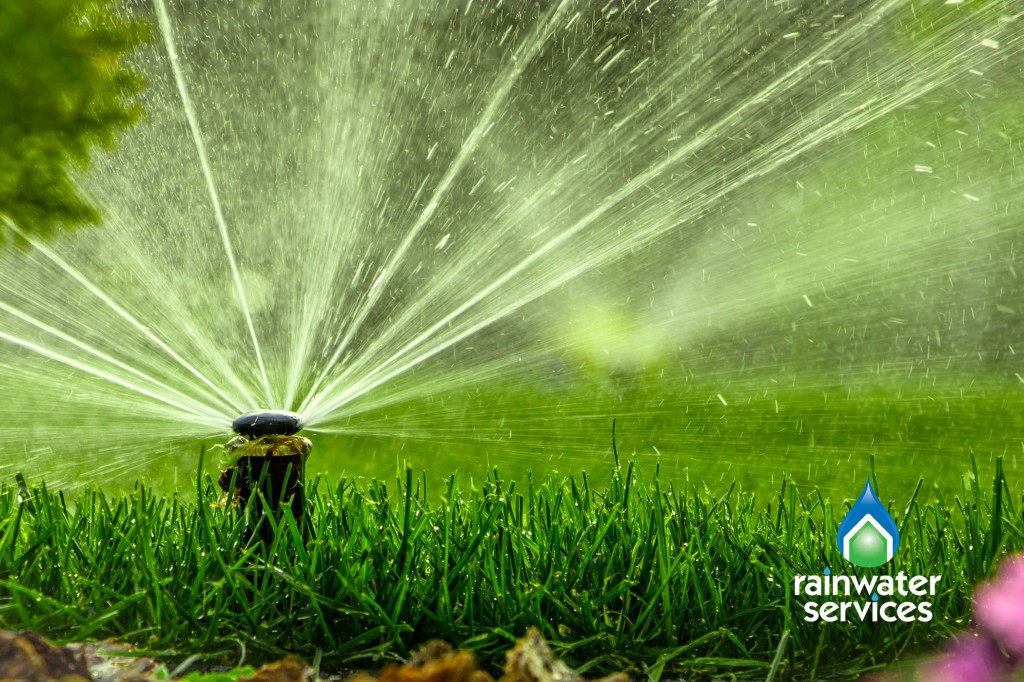Irrigation Systems: A Guide to Efficient Watering for Rural Living and Homesteading
Introduction:
For anyone living in a rural area or running a homestead, having a reliable irrigation system is essential. Whether you are growing crops, maintaining a garden, or simply watering your lawn, an efficient irrigation system can save you time, money, and precious water resources. In this article, we will explore various types of irrigation systems available for rural living and homesteading purposes. We will discuss their benefits, installation process, maintenance requirements, and some tips for maximizing water efficiency.
1. Drip Irrigation:
Drip irrigation is one of the most popular options among homesteaders due to its efficiency and versatility. This system delivers water directly to the roots of plants through small tubes with emitters spaced along them. Unlike traditional sprinklers that waste water through evaporation or runoff, drip irrigation minimizes losses by applying water precisely where it’s needed.
Installation: Installing a drip irrigation system requires laying out the main supply line and connecting it to smaller distribution lines equipped with emitters near each plant. The tubing can be buried underground or covered with mulch to protect it from damage.
Benefits: Drip irrigation conserves up to 50% more water compared to traditional sprinkler systems while reducing weed growth by targeting only the plants being irrigated. Additionally, it prevents fungal diseases by keeping foliage dry.
Maintenance: Regularly check for leaks or clogs in the emitters and flush out any dirt or debris that may accumulate over time.
2. Sprinkler Systems:
Sprinkler systems are commonly used for larger areas such as lawns or fields where uniform coverage is necessary. They work by distributing pressurized water over a designated area using rotating heads or fixed spray nozzles.
Installation: Installing a sprinkler system involves burying pipes below ground level connected to pop-up sprinkler heads at specific intervals across the yard or field. Each sprinkler head must be adjusted to ensure even coverage.
Benefits: Sprinkler systems are easy to install, versatile, and can cover large areas efficiently. They also allow for automated scheduling, reducing manual labor.
Maintenance: Check regularly for broken or misaligned sprinkler heads and adjust them as needed. Also, monitor water pressure to avoid over-spraying or under-watering.
3. Soaker Hoses:
Soaker hoses are an affordable and simple irrigation solution that works by slowly seeping water along their entire length. These porous hoses are ideal for garden beds, vegetable gardens, or flower borders where plants require consistent moisture.
Installation: Place the soaker hose around your plants in a zigzag pattern ensuring all desired areas receive equal amounts of water. Connect it to a regular garden hose and control the flow rate using a valve at the source.
Benefits: Soaker hoses provide deep watering directly into the soil while minimizing evaporation loss. They also prevent leaf diseases by keeping foliage dry during watering sessions.
Maintenance: Inspect regularly for leaks along the hose’s surface and repair any damages promptly. Additionally, keep an eye on soil moisture levels to avoid overwatering.
4. Rainwater Harvesting:
Rainwater harvesting is becoming increasingly popular among homesteaders as it allows them to utilize nature’s gift instead of relying solely on municipal water supplies. By collecting rainwater from rooftops or other surfaces into storage tanks or barrels, you can create a sustainable source of irrigation water throughout drier periods.
Installation: Install gutters with downspouts connected to storage containers placed strategically around your property where rainfall runoff will accumulate most effectively.
Benefits: Rainwater harvesting reduces reliance on treated water sources while providing free irrigation supply during rainy seasons. It also lowers utility bills and minimizes strain on local freshwater resources.
Maintenance: Regularly inspect gutters for clogs caused by leaves or debris that could obstruct the flow of rainwater into storage containers. Clean and disinfect storage tanks periodically to prevent contamination.
Water Efficiency Tips:
– Water your plants early in the morning or late afternoon when evaporation rates are lower.
– Use mulch around plants to retain soil moisture and reduce weed growth.
– Group plants with similar water needs together for more efficient irrigation.
– Consider installing a rain sensor that automatically shuts off your irrigation system during rainfall.
– Regularly monitor soil moisture levels using a moisture meter or by simply checking the top few inches of soil.
Conclusion:
Having an efficient irrigation system is crucial for rural living and homesteading, where water resources may be limited. By choosing the right type of system for your needs, installing it properly, and following maintenance practices diligently, you can ensure optimal plant health while conserving water. Whether you opt for drip irrigation, sprinklers, soaker hoses, or rainwater harvesting, remember to prioritize efficiency and sustainability in all aspects of your watering routine.


Leave a comment